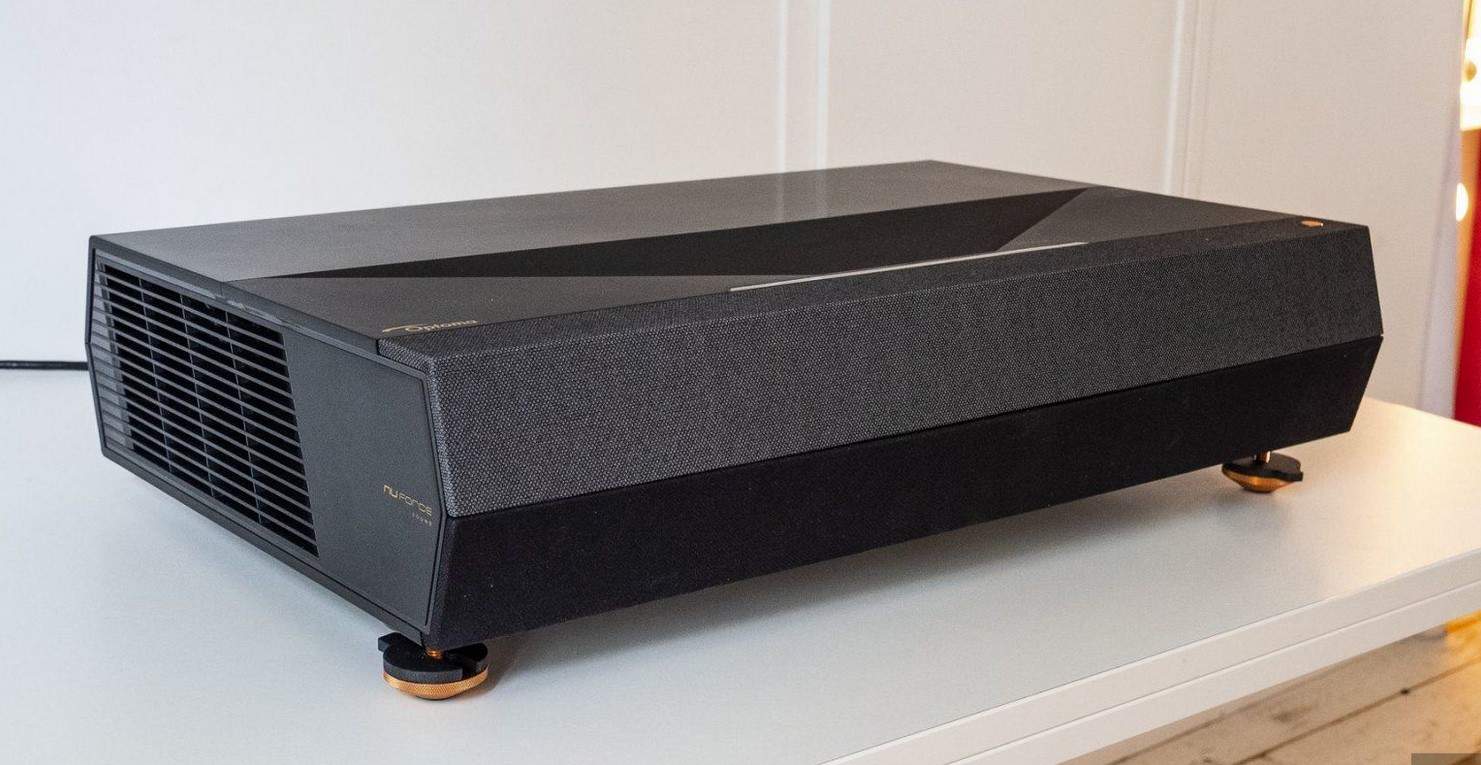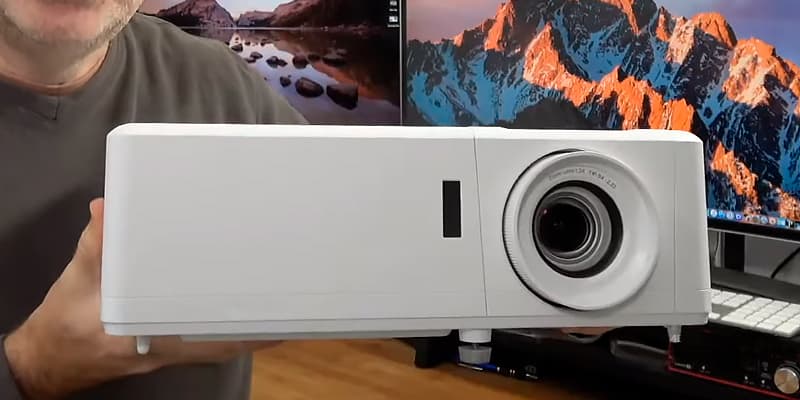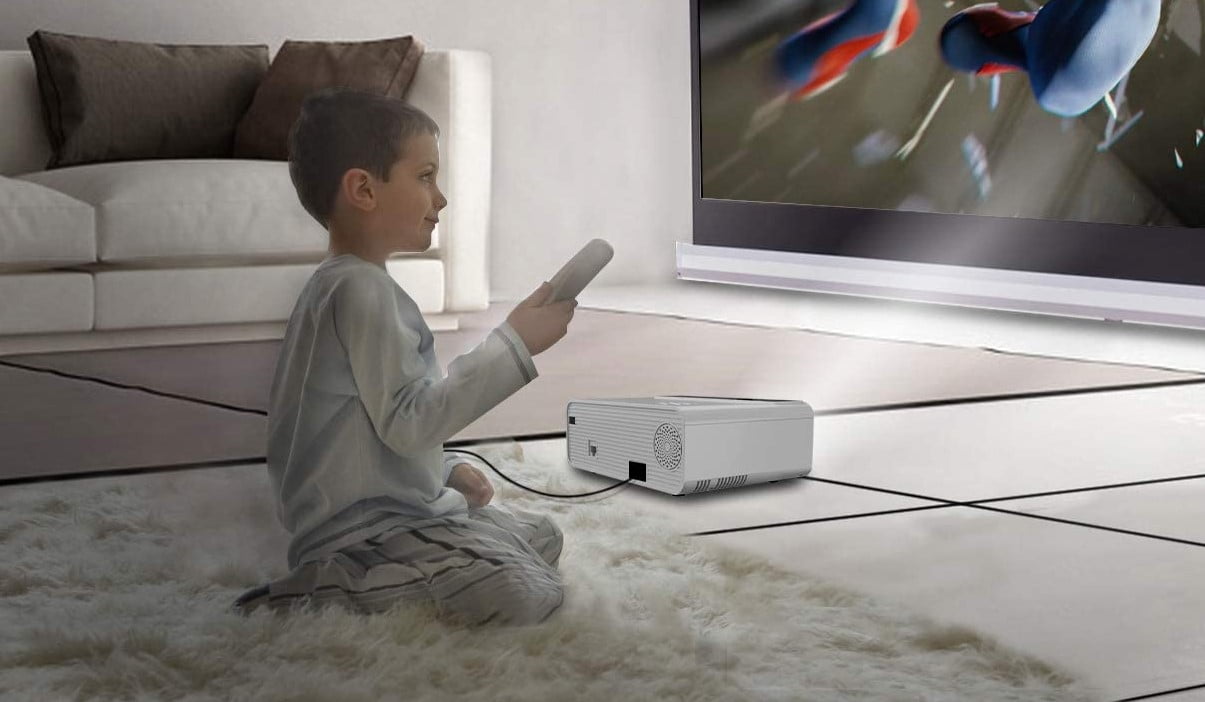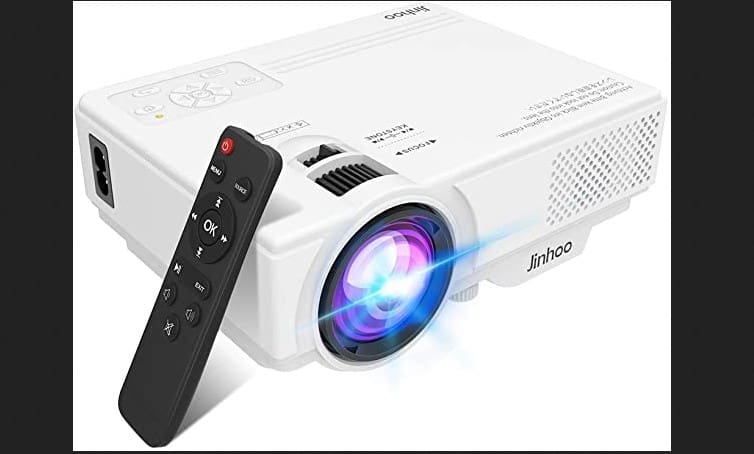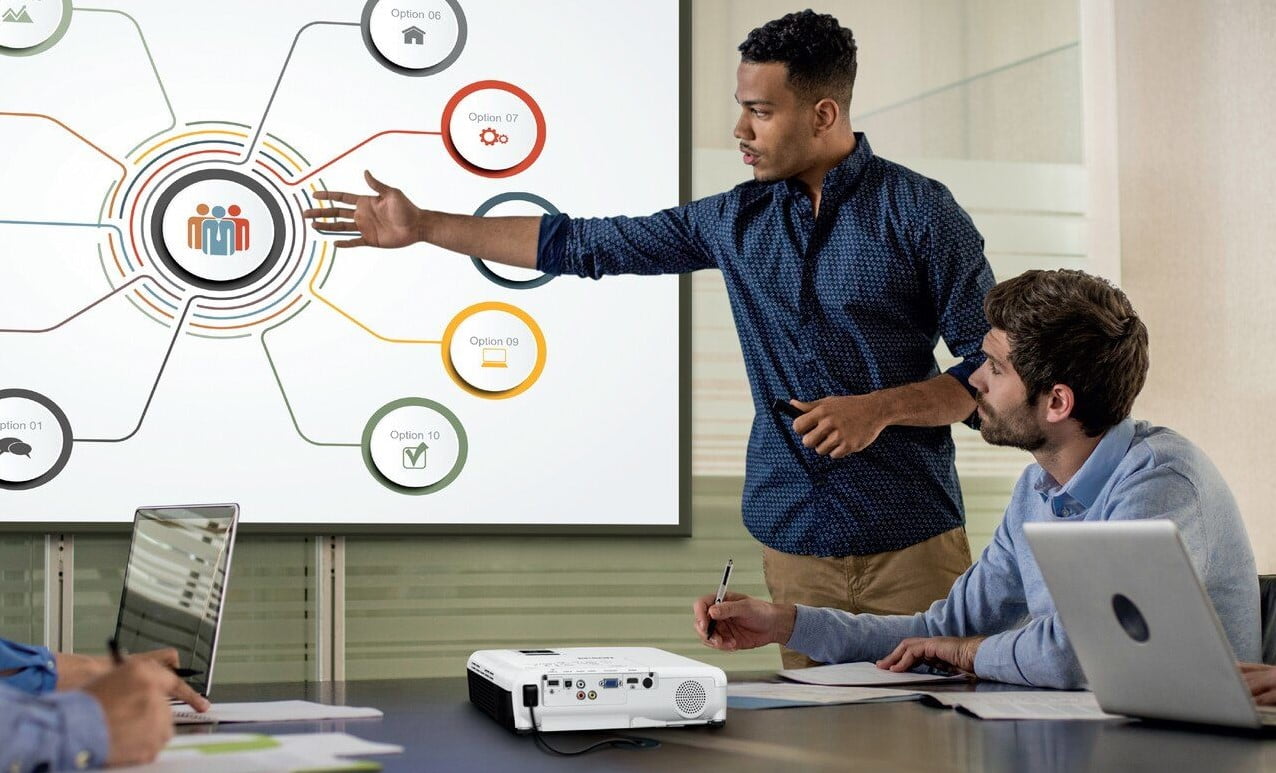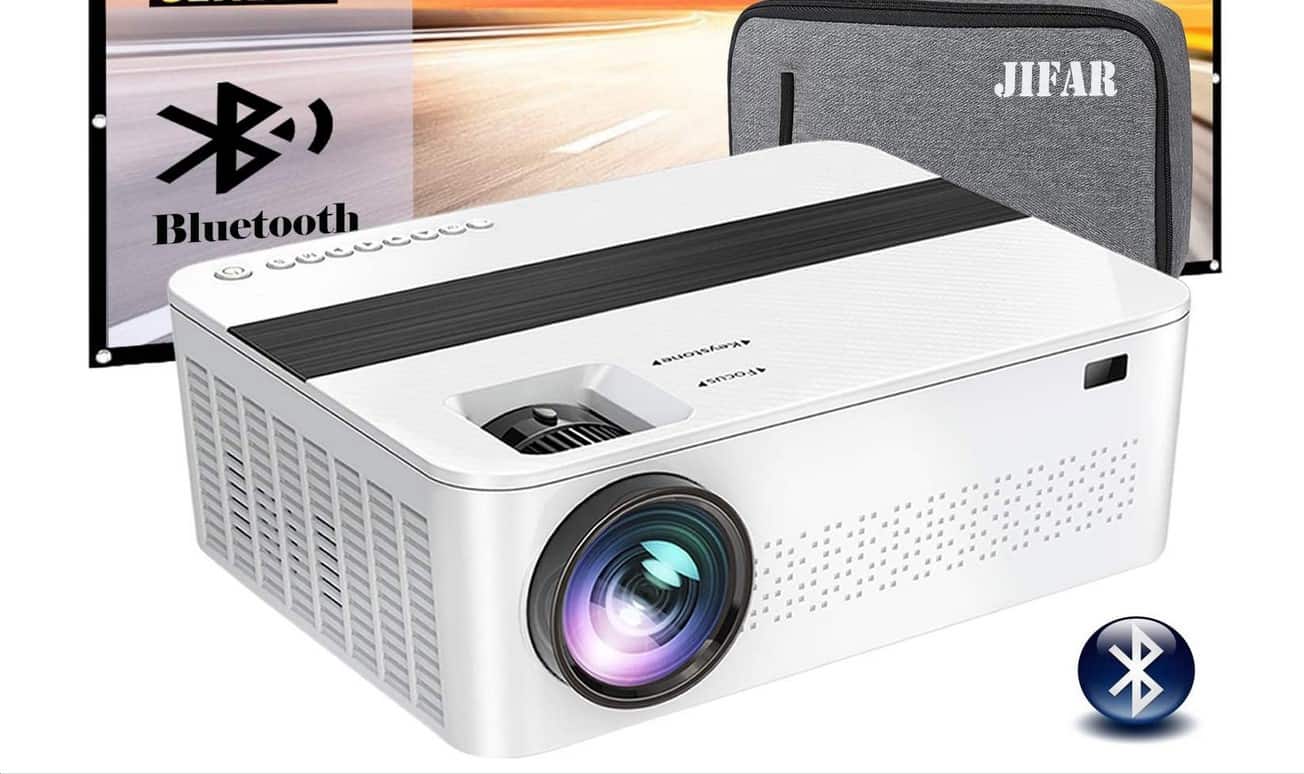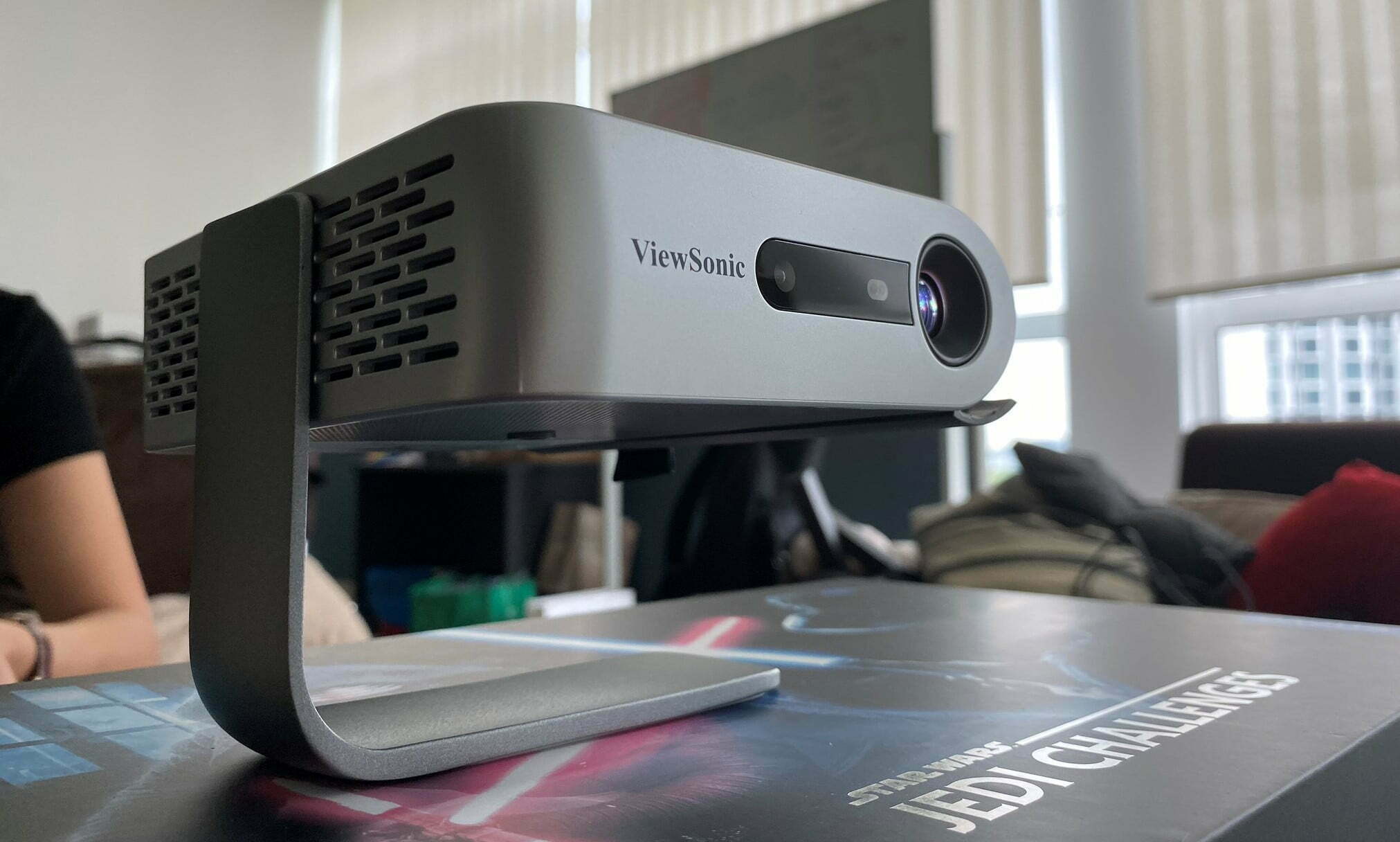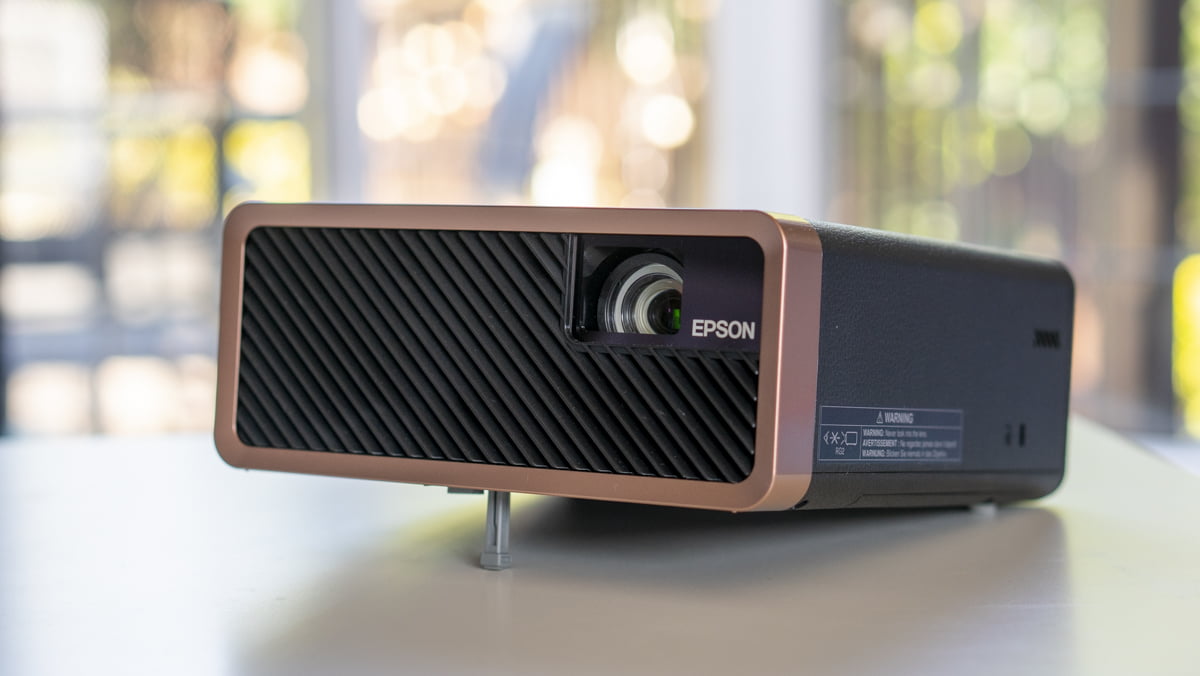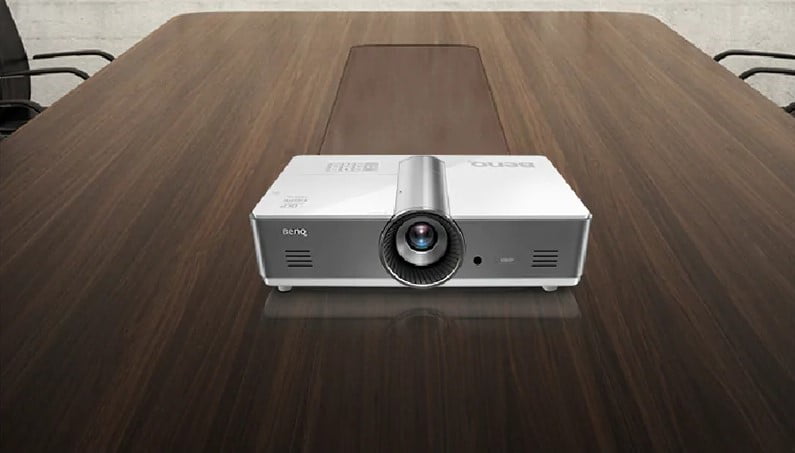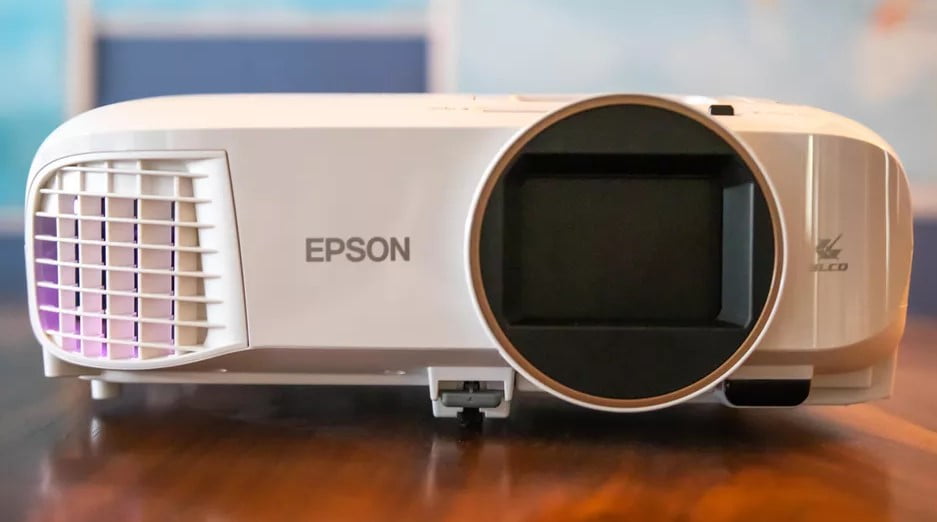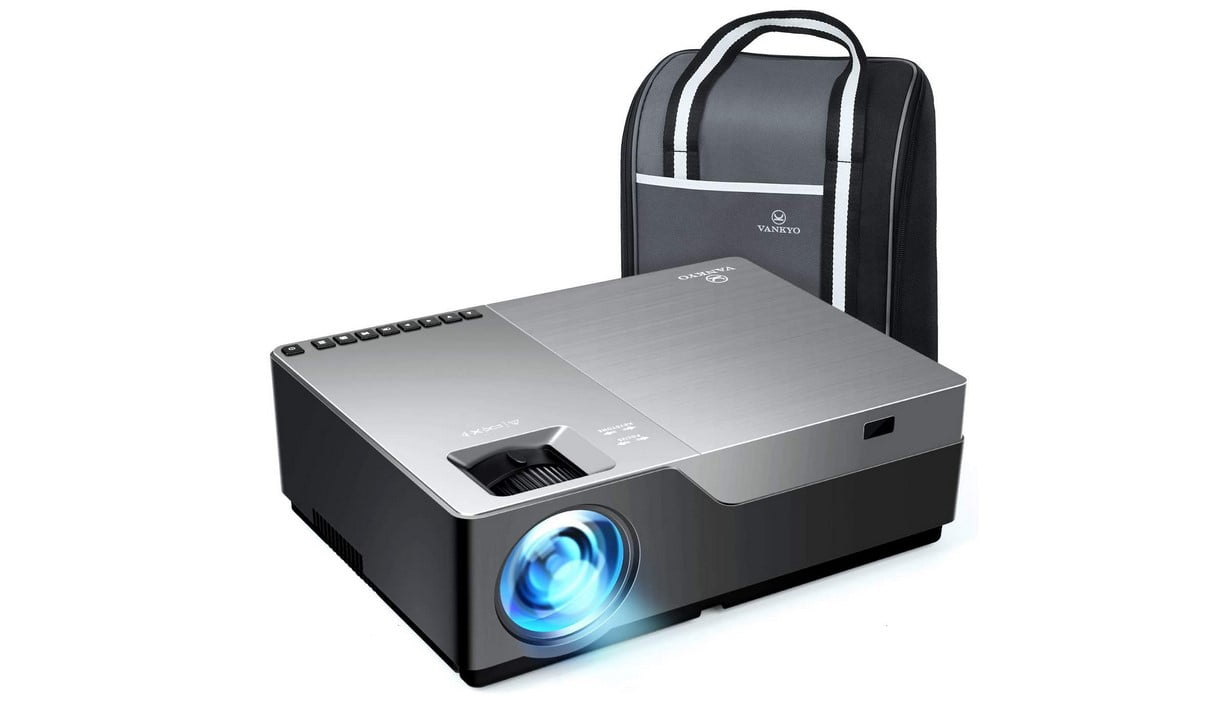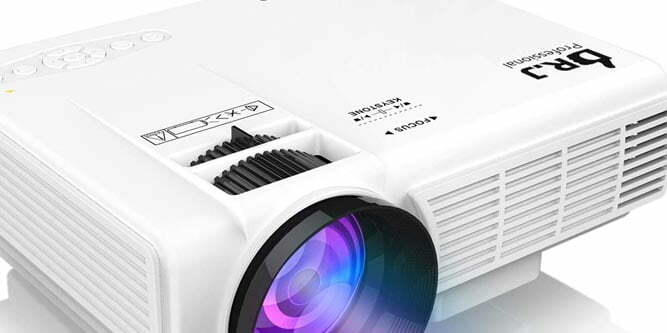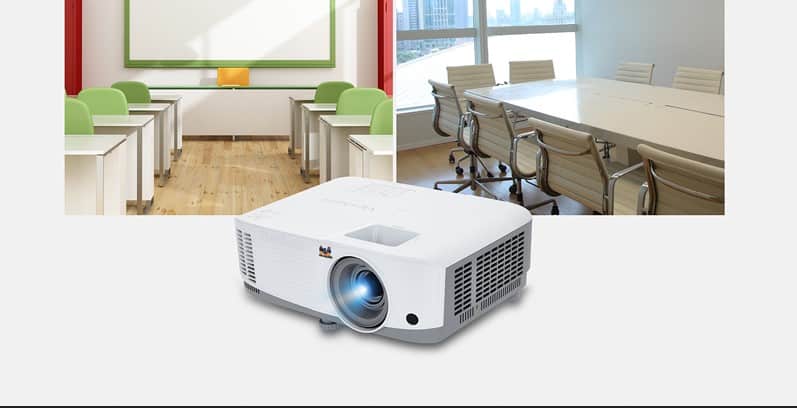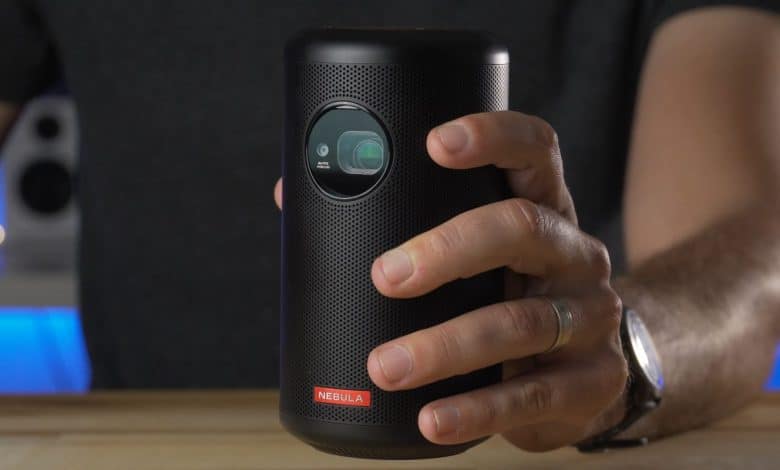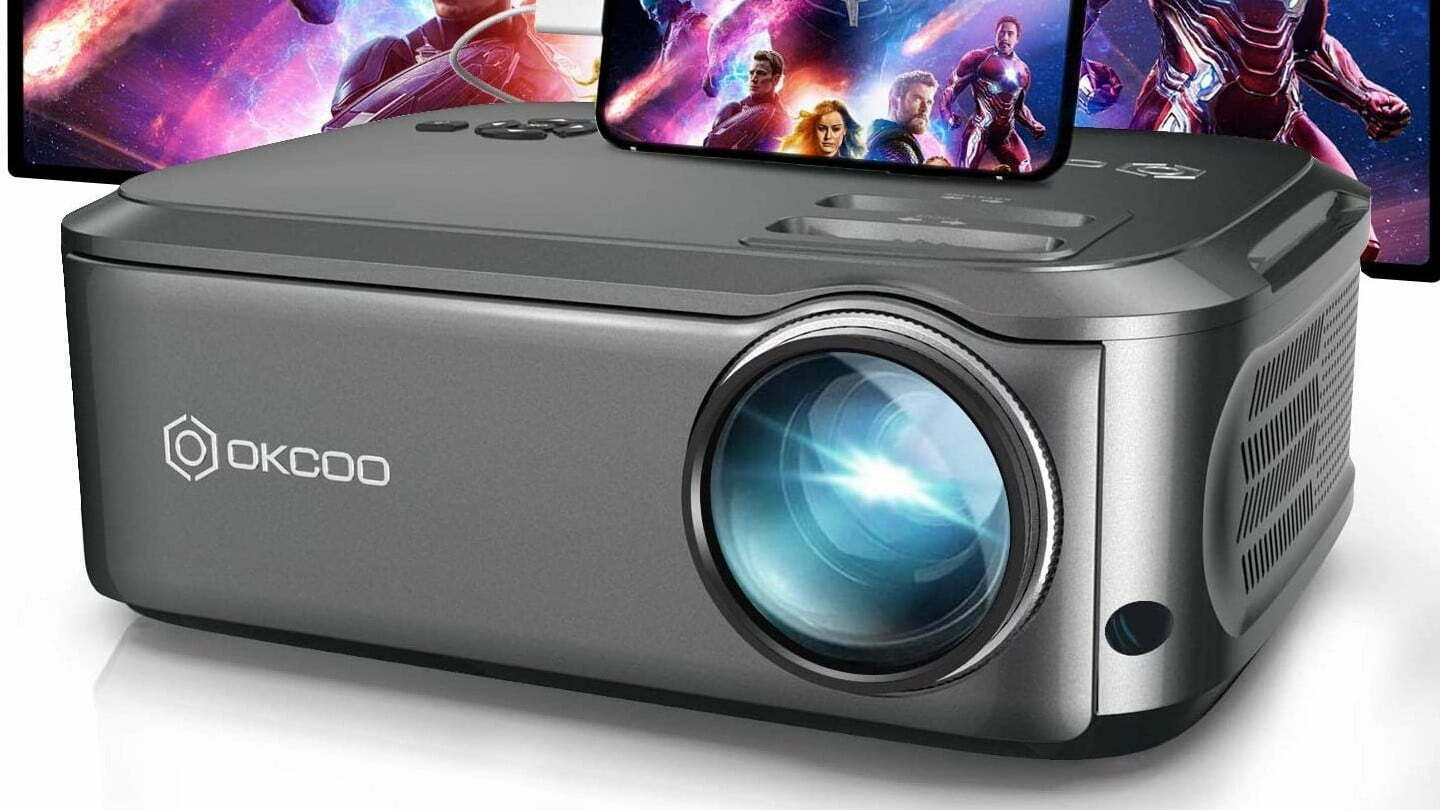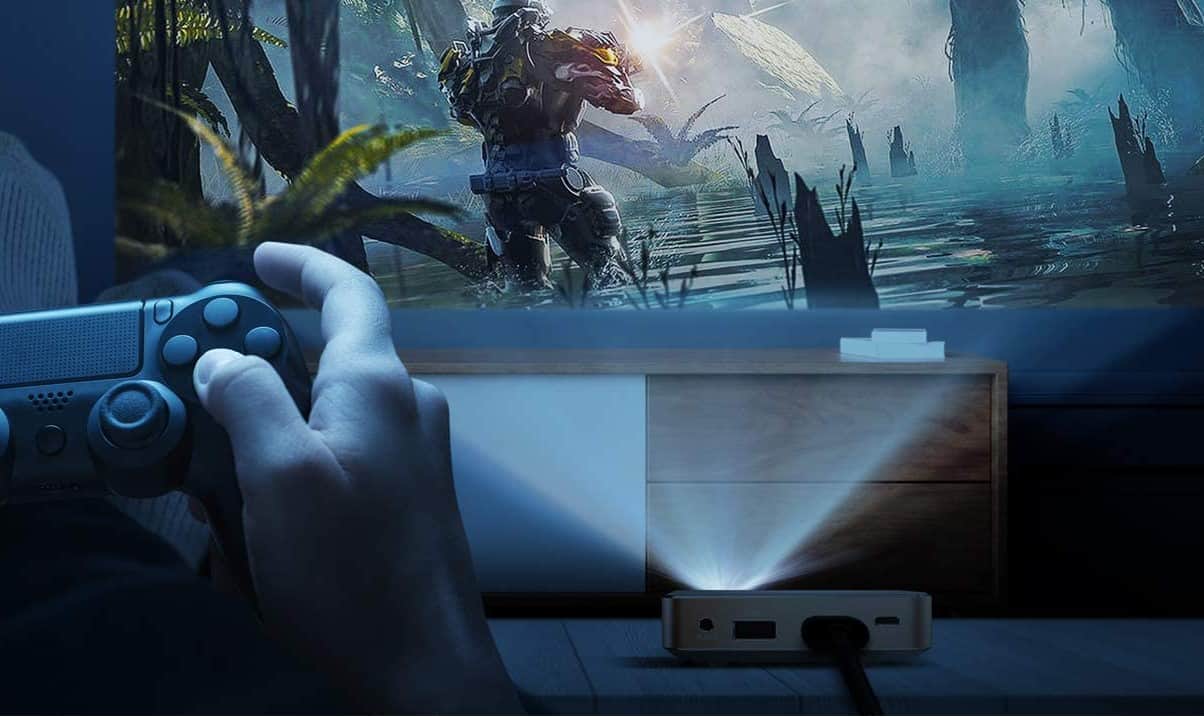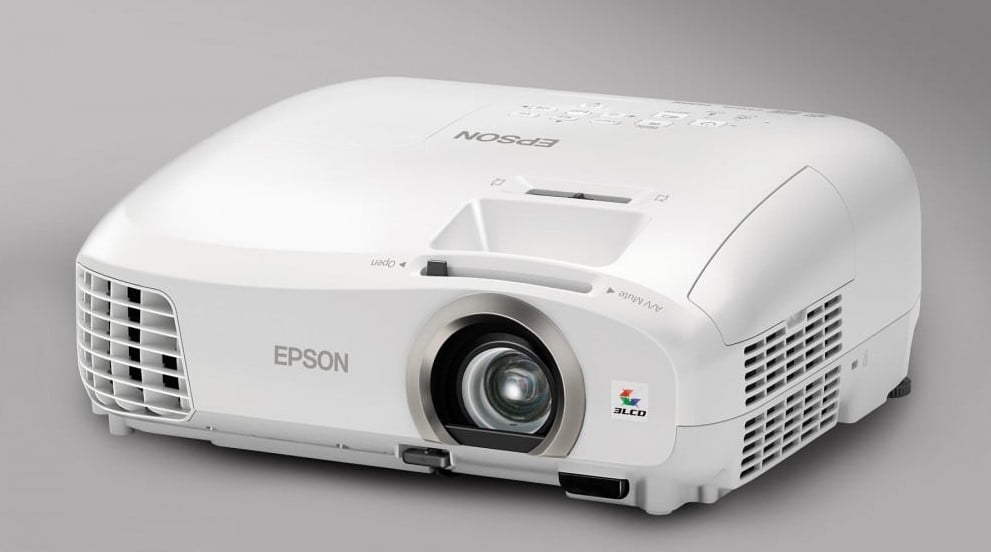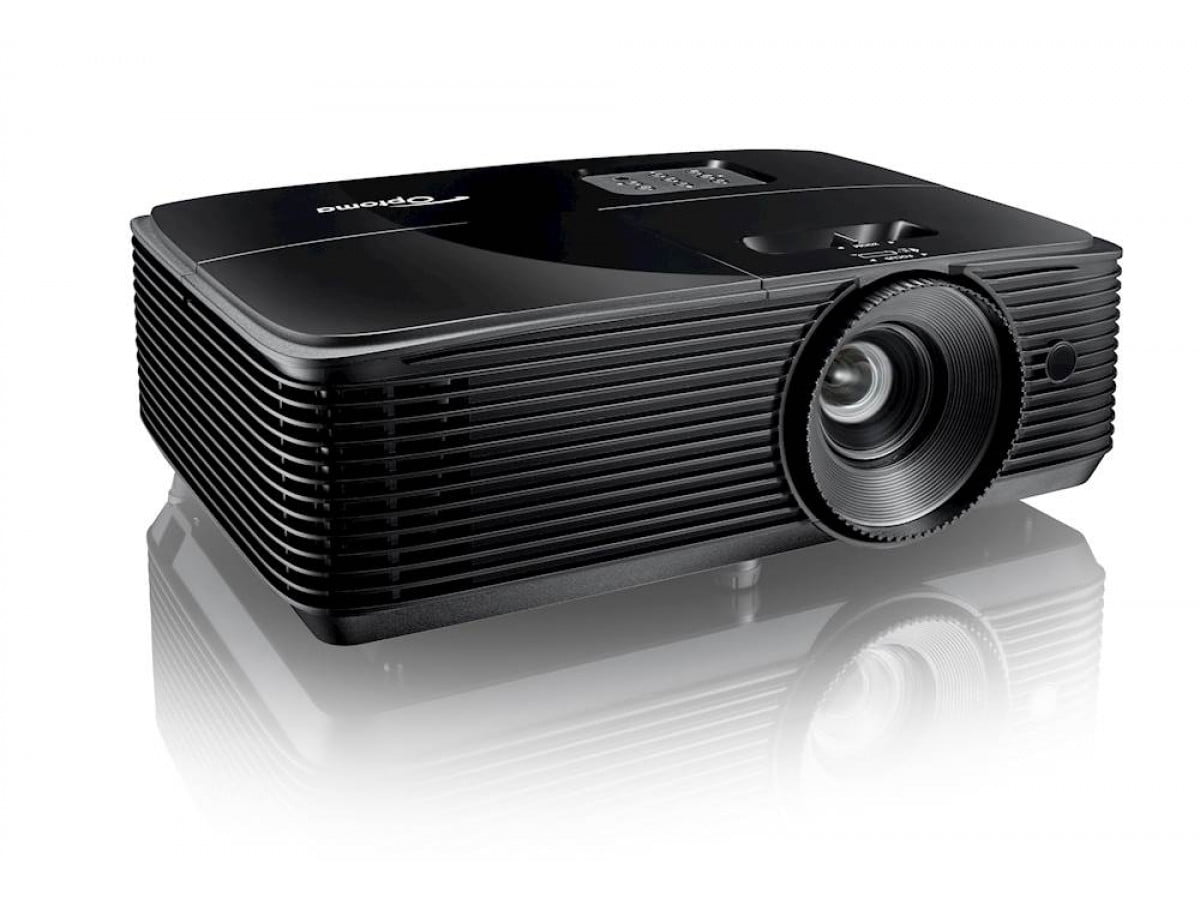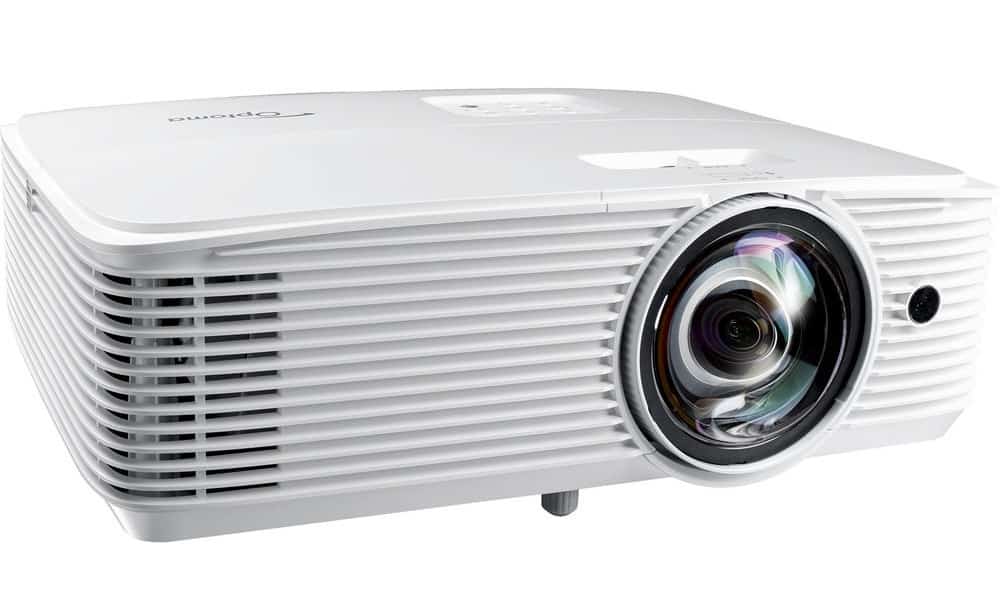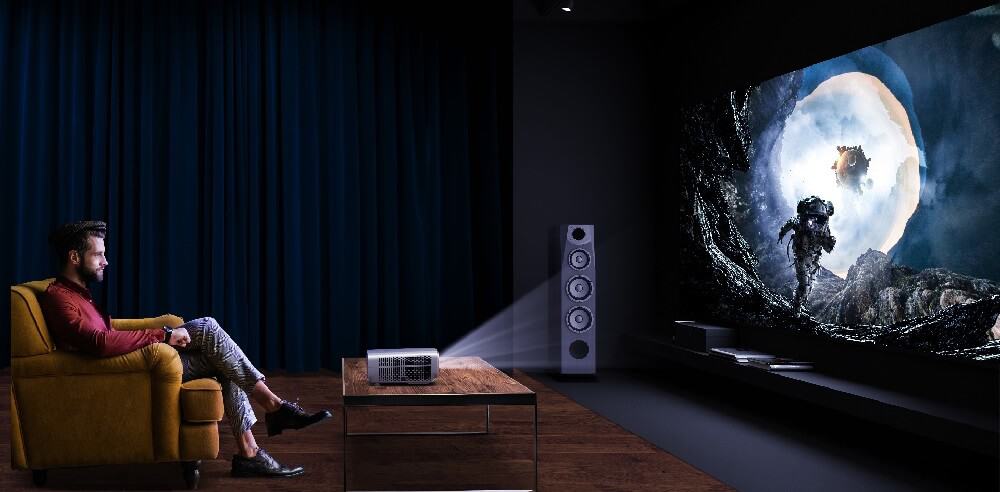Asking yourself, “What is the aspect ratio on a projector screen?” will open doors to further understanding your perfect solution for home projection. For theater enthusiasts, the idea of projector screen aspect ratio comes naturally. For many, it is not as clear-cut a concept. The best projectors need projection screen material that matches their prowess. However, this will end in disaster if they don’t share the same aspect ratio. For a wider format, you need the correct aspect ratio screen to match.
KEY TAKEAWAYS:
- Aspect ratio, which is different from zoom on a projector, refers to the screen size and shows the relationship between the height and width of your widescreen displays and will determine image size.
- 16:9 is a typical format for aspect ratio in most projection screens, but there is an assortment of screens with varying proportions.
- You always need to ensure that the projector screen aspect ratio matches the projector options you are exploring.
Explaining the Aspect Ratio Format
The question, “What is the aspect ratio on a projector screen?” is a fair one to ask if you’re unfamiliar with the relationship between that measurement and picture quality. You could argue that poor picture quality is the result of the gain on a screen, but that may be stretching it. This is a fundamental idea in projection, and even hobbyists should be familiar with several units of measurement used in projection technology. If you’re interested in further learning, we have a great article on how to make a projector from your phone.
Insider Tip
The format of motion picture production is vital to understand when learning about aspect ratio since these commercial applications transfer to everyday usage.
What Does Aspect Ratio Mean?
Especially, the aspect ratio is just the relationship between the width and height of your screen shape. This integral unit of measure is what allows the brilliant images you’re projecting to show up correctly. If less affordable prices don’t scare you, using a projector you can write on a projector boosts productivity and drives engagement during business presentations.
Popular Aspect Ratios
There is a wide range of ratios available, as there are lux in a projector. From widescreen format, which features a wider aspect ratio, to basic ratios for regular users, it’s essential to know what ratio is correct for you. Always check the native format of your DLP projector before agreeing to the purchase price of the proper screen size. Here are a few popular types:
- 4:3
- 16:9
- 2.35:1
Finding the Correct Aspect Ratio
The most standard aspect ratio is 16:9, and it is widely recognized as being the best option. Whether you’re producing a video image or a wide variety of HD content, these units of measurement matter a great deal. The first step is checking what format projectors you’re looking into come in. This will decide what format screen you require.
Warning
Screen types matter, so before investing in any elite screens, make sure it is compatible with your chosen projection method.
F.A.Q.S
How should I match the aspect ratio of my projector and screen?
Getting the correct projector screen aspect ratio matched up with the right projector is easy. Just make sure that your modern projector and screen of choice have the same native aspect ratio.
What is the best projector home theater screen surface to use?
The screen surface is essential, so make sure you optimize your purchase by investing in the correct screen materials. White screens are typically the best choice for your dedicated home theater.
What is a tripod home projector screen?
A tripod home projector screen stands on three legs. These legs can be extended or retracted until you have your desired positioning. They are a fantastic match for theater projectors.
Can I mount a home screen projector screen on my own?
Ceiling-mounted manual projector screens are easier to install than you might think. While ceiling applications can be complicated, most theater enthusiasts figure out troubleshooting as it happens.
STAT: 16:10 became the most common aspect ratio for LCD technology by 2008. (source)

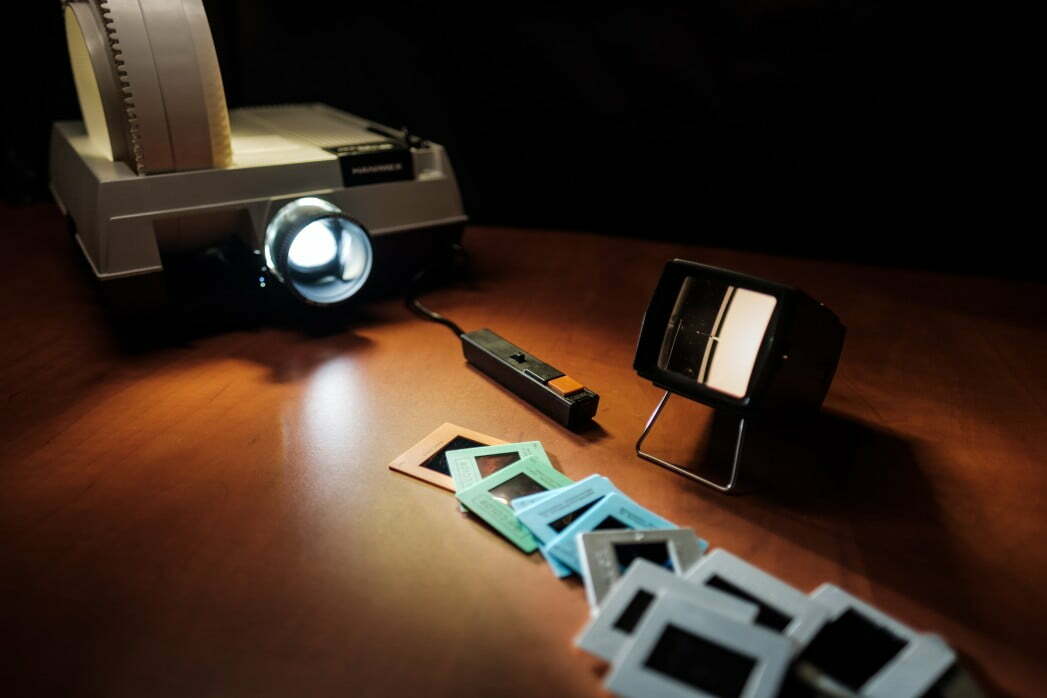














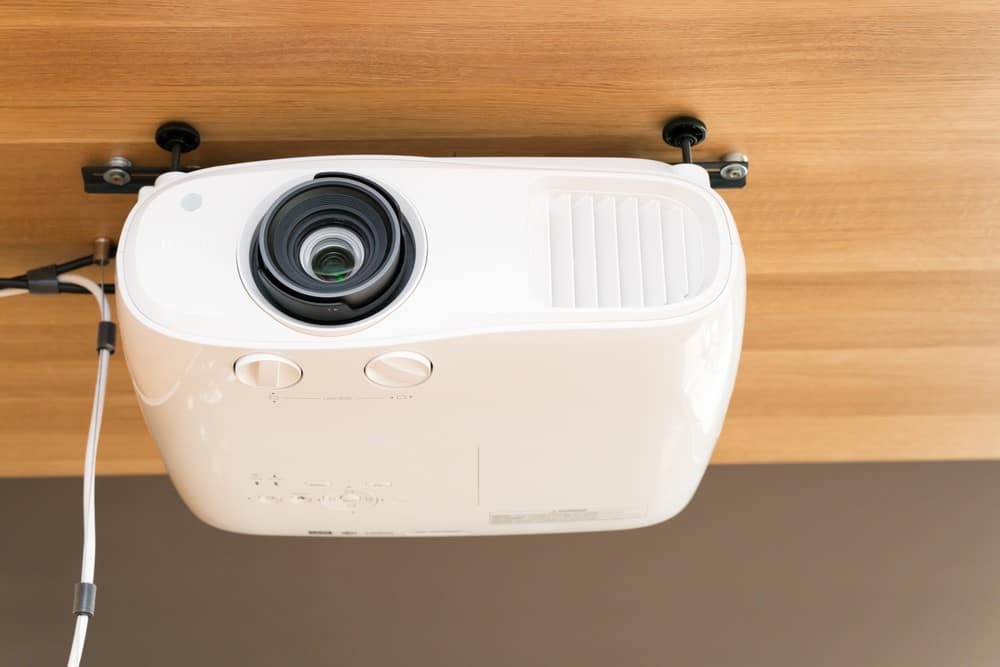
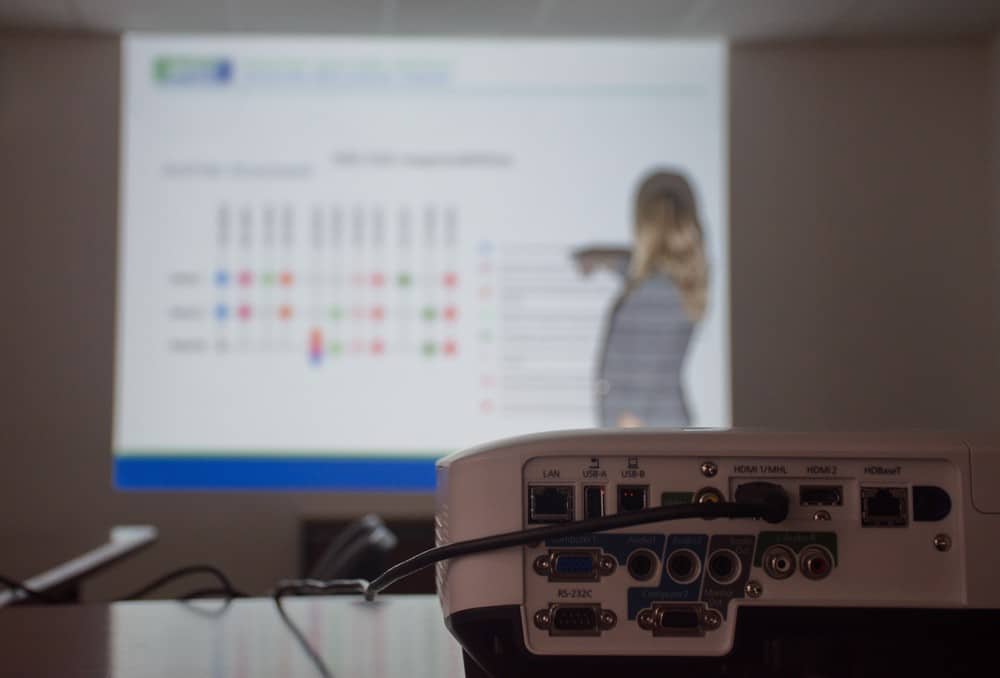
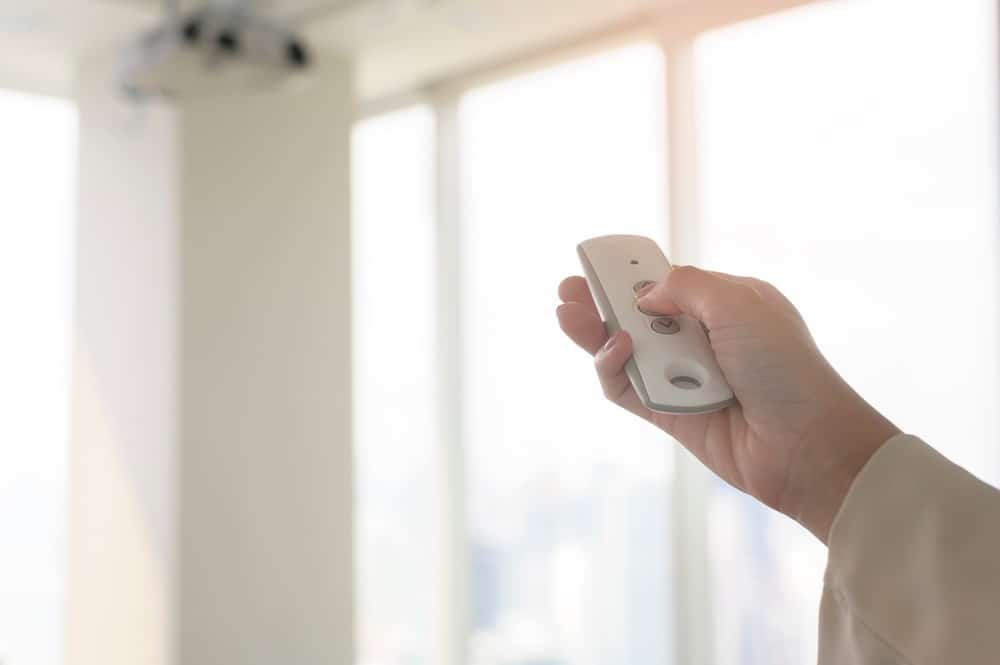

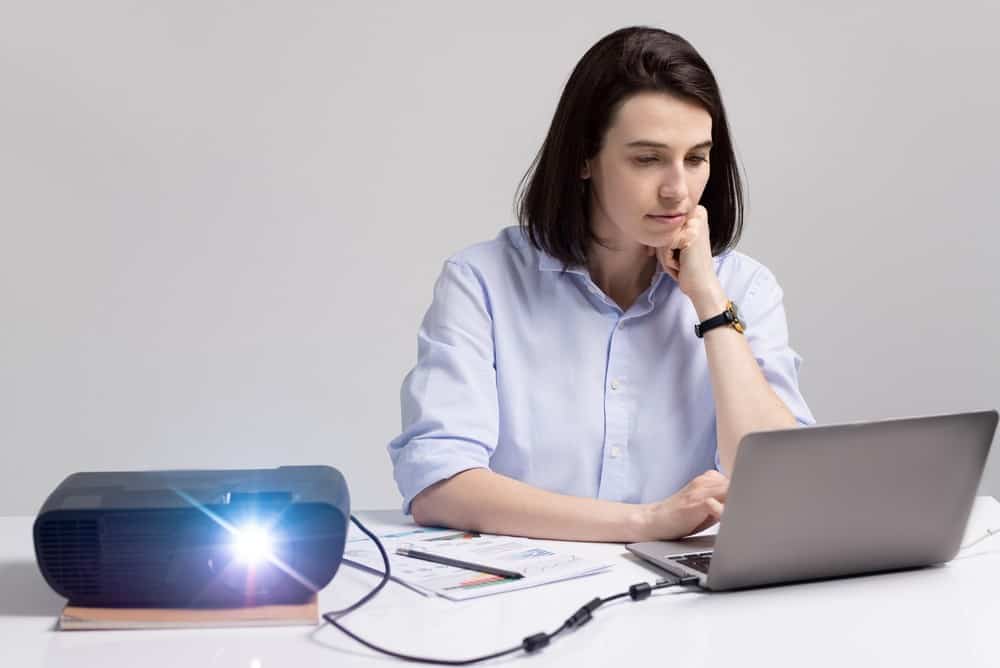
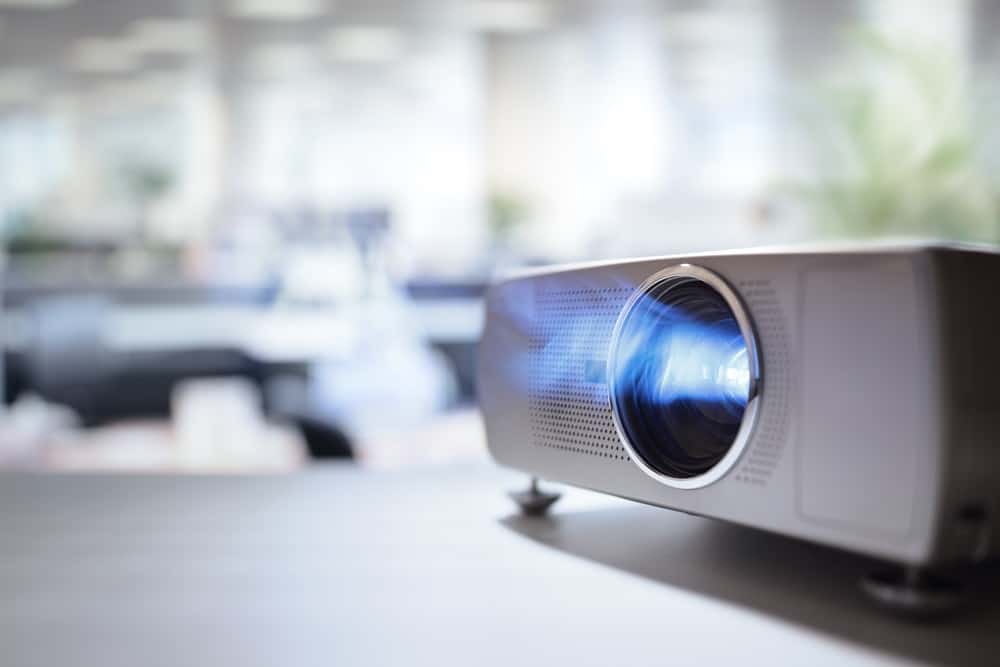
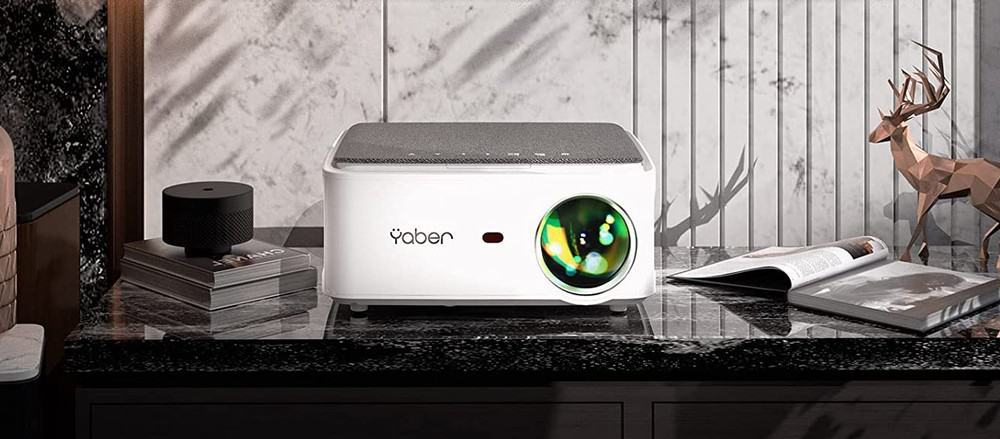
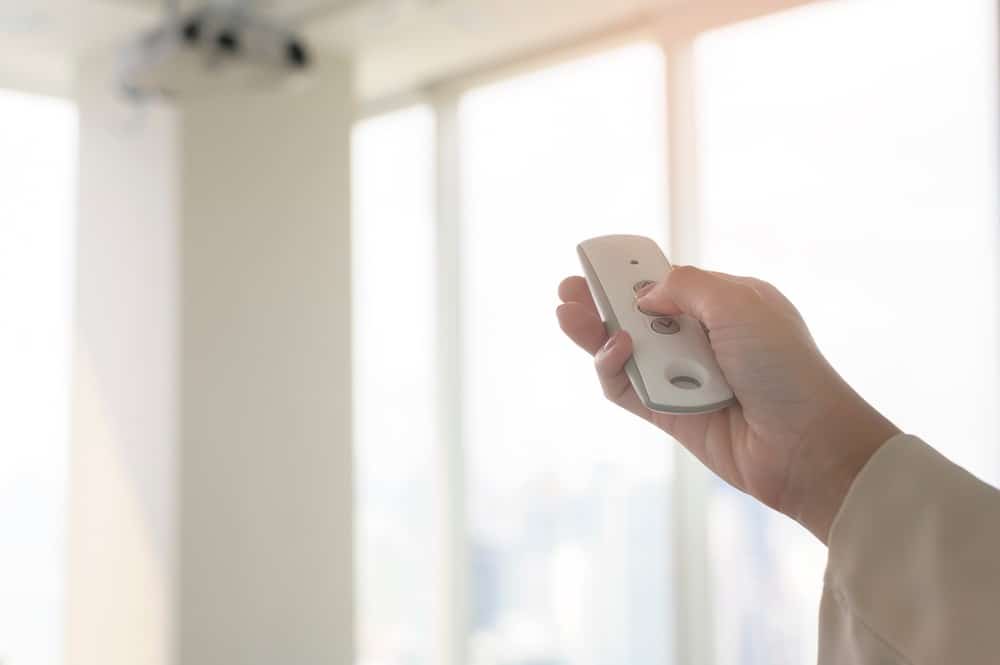
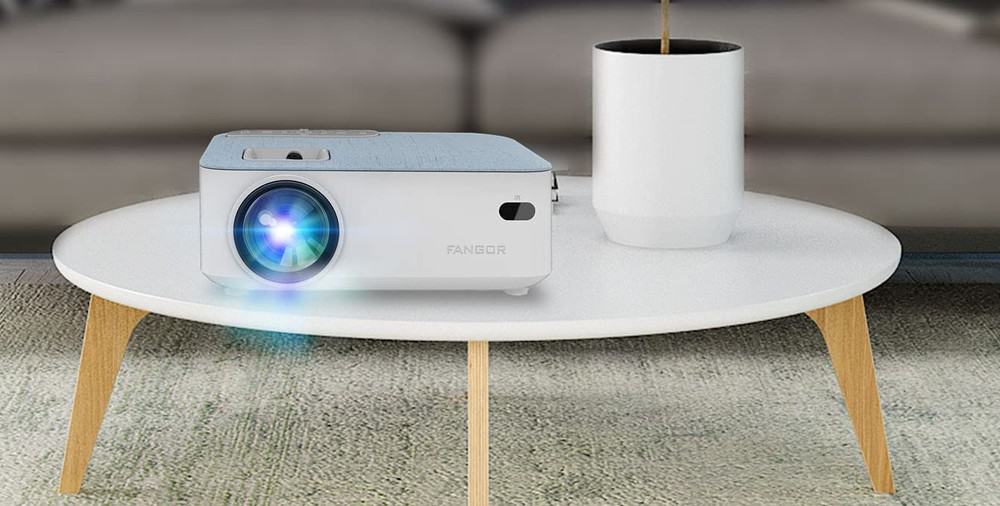
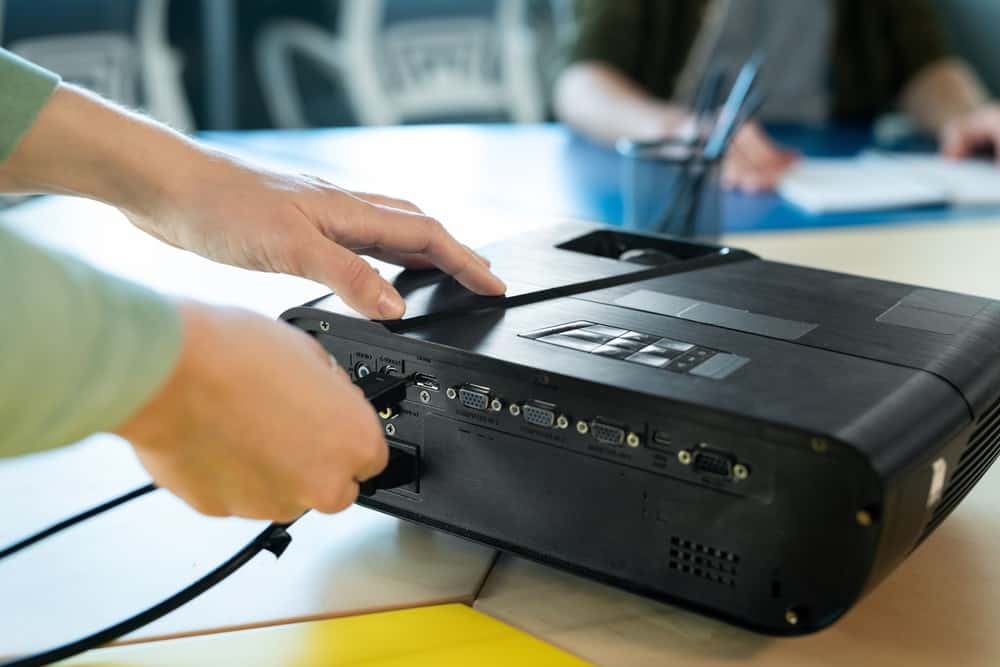
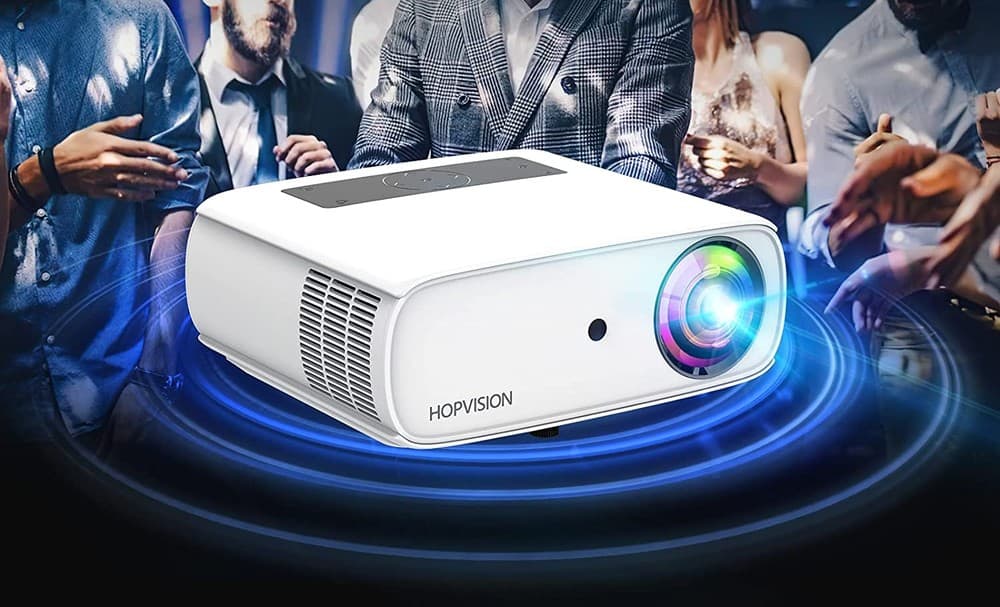

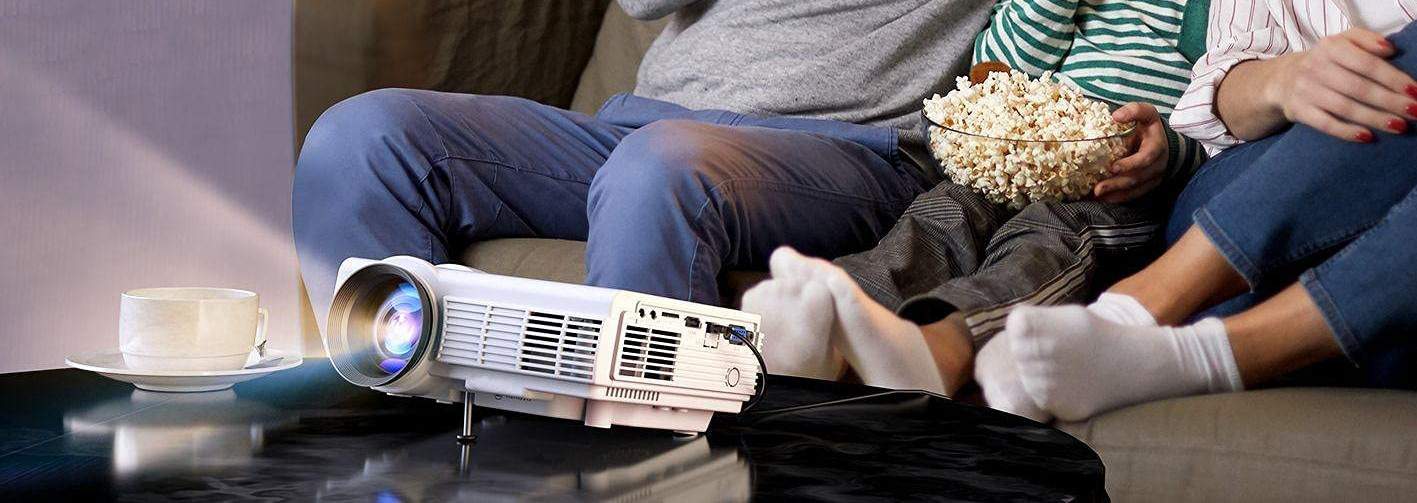
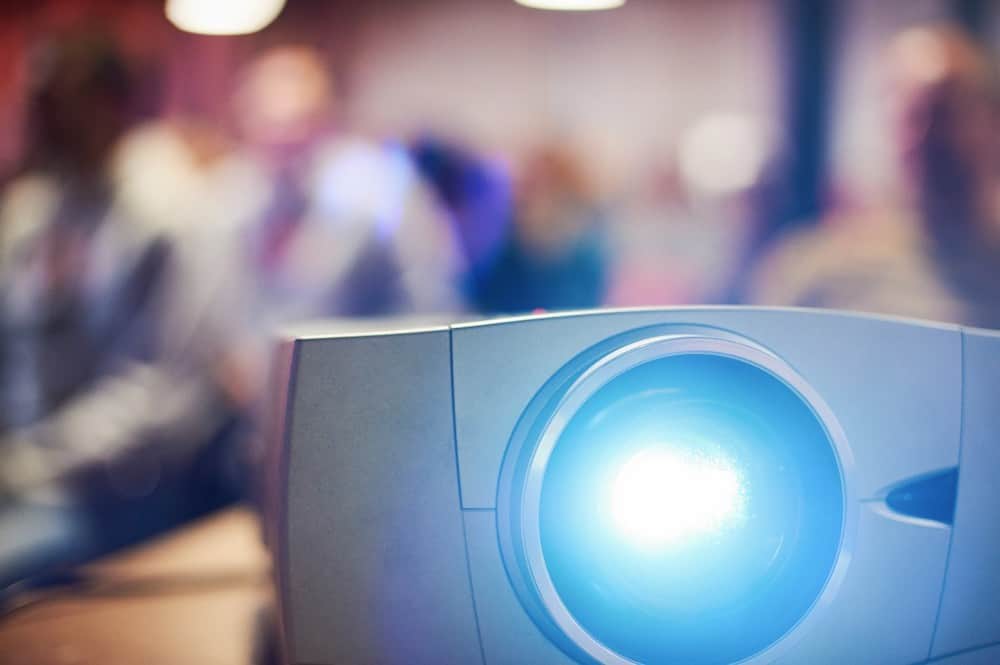
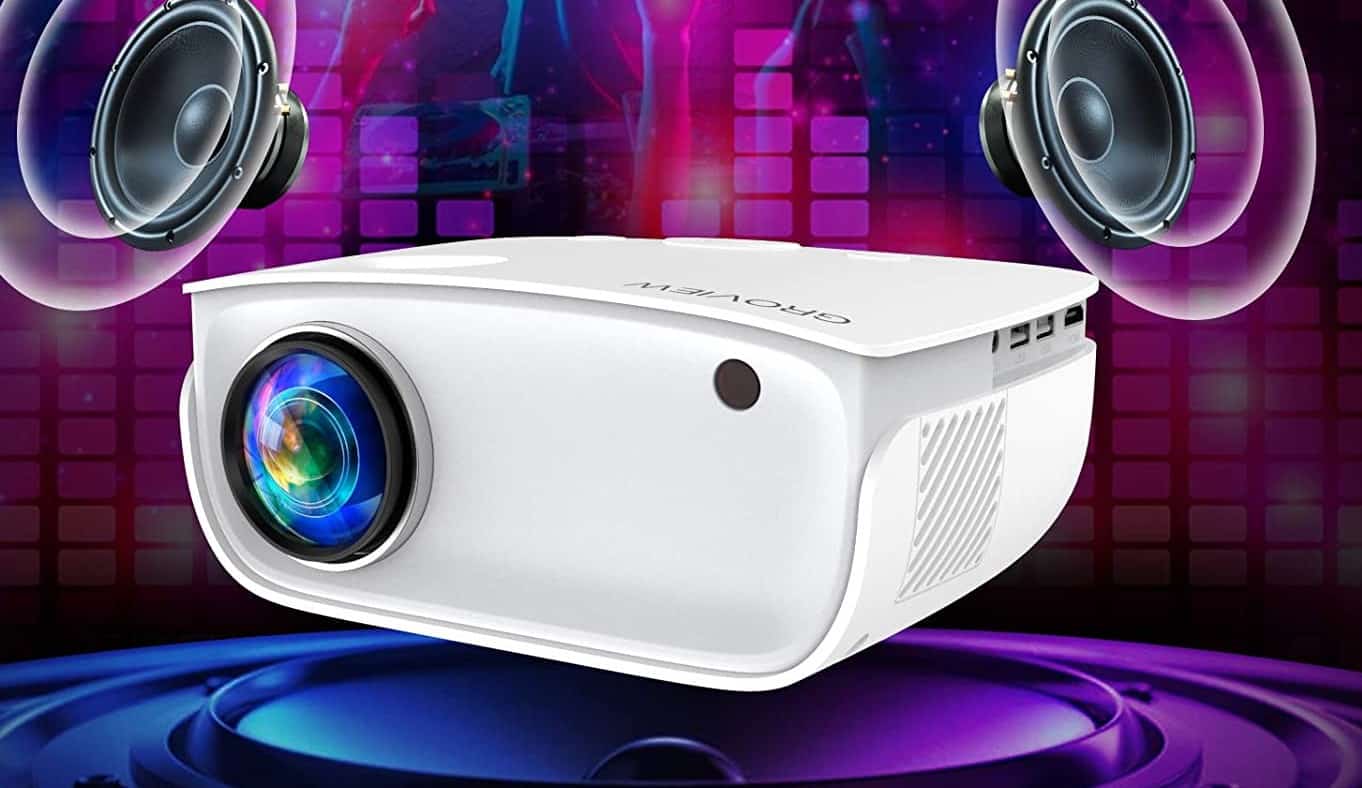
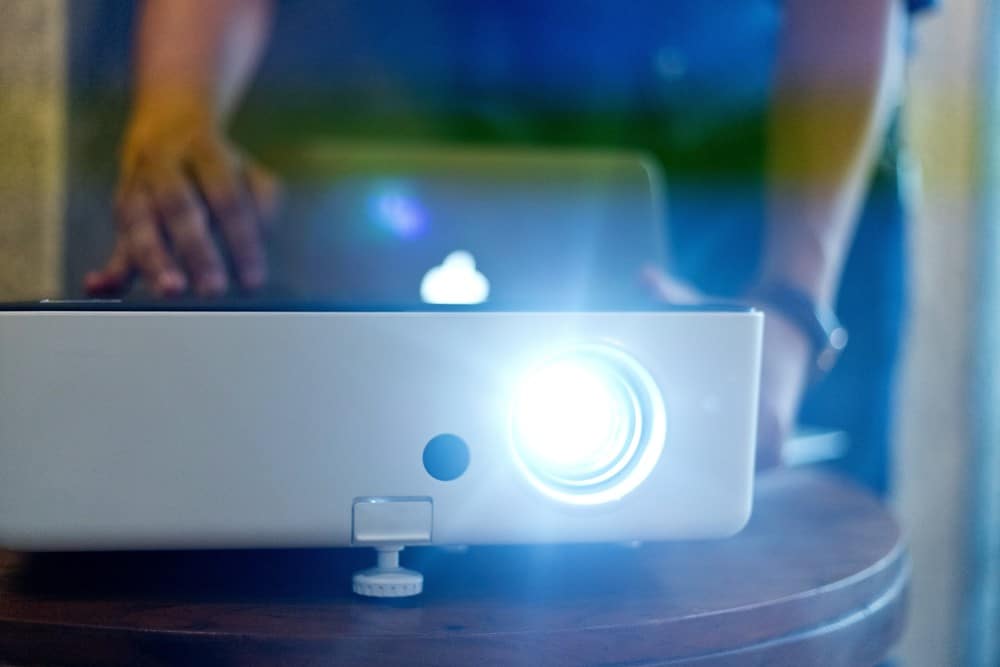

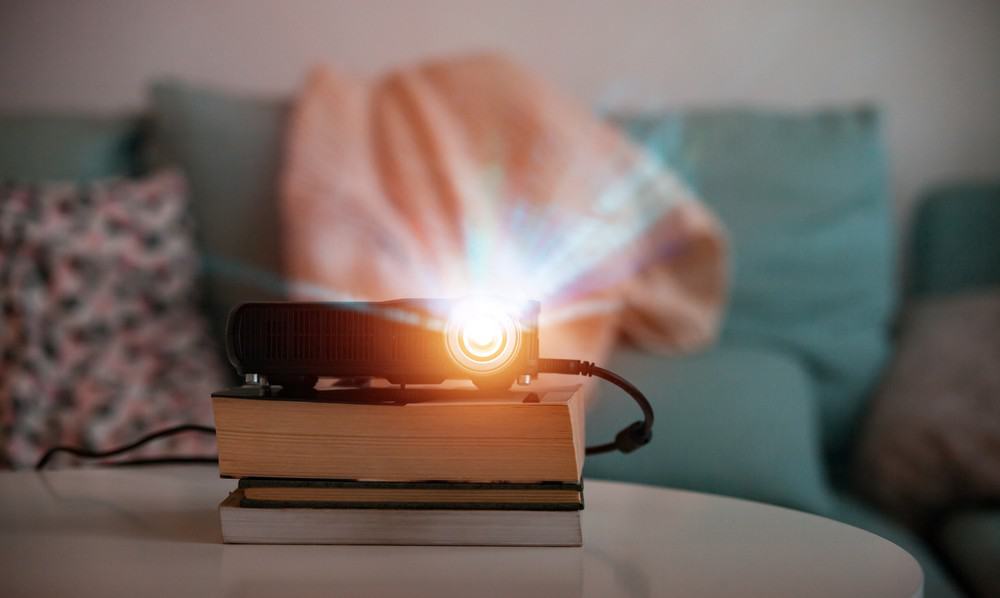
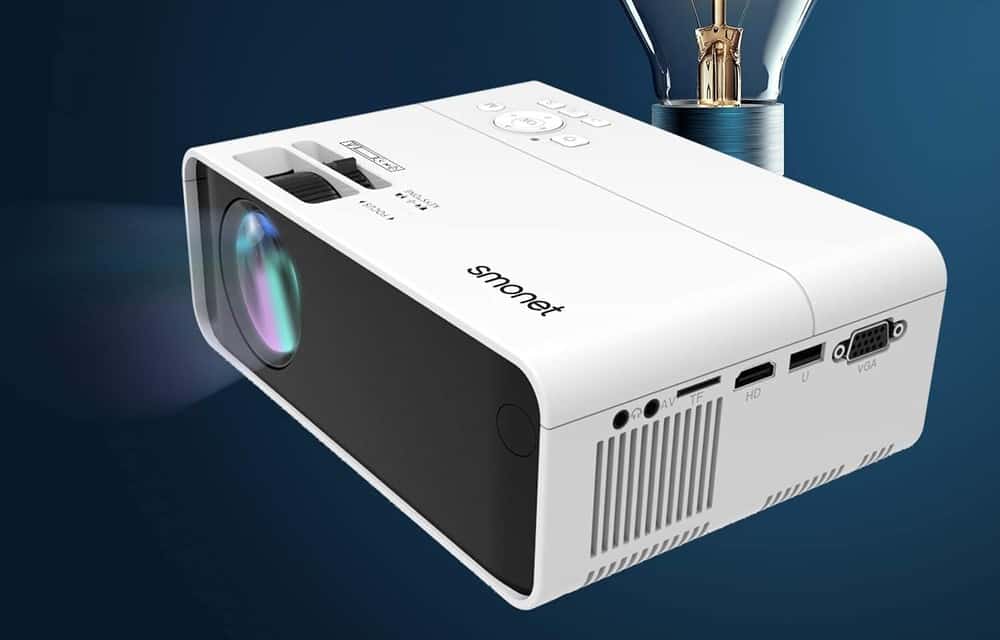
![Best Projectors for Daylight Viewing in [year] 27 Best Projectors for Daylight Viewing in 2025](https://www.gadgetreview.dev/wp-content/uploads/best-projector-for-daylight-viewing-image.jpg)
![Best Samsung Projectors in [year] 28 Best Samsung Projectors in 2025](https://www.gadgetreview.dev/wp-content/uploads/best-samsung-projectors-image.jpg)
![Best NEC Projectors in [year] 29 Best NEC Projectors in 2025](https://www.gadgetreview.dev/wp-content/uploads/best-nec-projectors-image.jpg)
![Best Acer Projectors in [year] 30 Best Acer Projectors in 2025](https://www.gadgetreview.dev/wp-content/uploads/best-acer-projectors-image.jpg)
![Best Quiet Projectors in [year] 31 Best Quiet Projectors in 2025](https://www.gadgetreview.dev/wp-content/uploads/best-quiet-projector-image.jpg)
![Best Projectors for Golf Simulator in [year] 32 Best Projectors for Golf Simulator in 2025](https://www.gadgetreview.dev/wp-content/uploads/best-projector-for-golf-simulator-image.jpg)
![Best Conference Room Projectors in [year] 33 Best Conference Room Projectors in 2025](https://www.gadgetreview.dev/wp-content/uploads/best-conference-room-projector-image.jpg)
![Best InFocus Projectors in [year] 34 Best InFocus Projectors in 2025](https://www.gadgetreview.dev/wp-content/uploads/best-infocus-projectors-image.jpg)
![Best Mini Projector in [year] ([month] Reviews) 35 Best Mini Projector in 2025 (December Reviews)](https://www.gadgetreview.dev/wp-content/uploads/best-mini-projector-image.jpg)
![Best Panasonic Projectors in [year] 36 Best Panasonic Projectors in 2025](https://www.gadgetreview.dev/wp-content/uploads/best-panasonic-projectors-image.jpg)
![Best Sony Projectors in [year] 37 Best Sony Projectors in 2025](https://www.gadgetreview.dev/wp-content/uploads/best-sony-projectors-image.jpg)
![Best Projector Stands in [year] 38 Best Projector Stands in 2025](https://www.gadgetreview.dev/wp-content/uploads/best-projector-stand-image.jpg)
![Best Ultra Short Throw Projectors in [year] 39 Best Ultra Short Throw Projectors in 2025](https://www.gadgetreview.dev/wp-content/uploads/best-ultra-short-throw-projector-image.jpg)
![Best Projectors for a Living Room in [year] 40 Best Projectors for a Living Room in 2025](https://www.gadgetreview.dev/wp-content/uploads/best-projector-for-living-room-image.jpg)
![Best RCA Projectors in [year] 41 Best RCA Projectors in 2025](https://www.gadgetreview.dev/wp-content/uploads/best-rca-projectors-image.jpg)
![Best Optoma Projectors in [year] 42 Best Optoma Projectors in 2025](https://www.gadgetreview.dev/wp-content/uploads/best-optoma-projectors-image.jpg)
![Best BenQ Projectors in [year] 43 Best BenQ Projectors in 2025](https://www.gadgetreview.dev/wp-content/uploads/best-benq-projectors-image.jpg)
![Best Projectors for Church in [year] 44 Best Projectors for Church in 2025](https://www.gadgetreview.dev/wp-content/uploads/best-projector-for-church-image.jpg)
![Best Projectors for Classroom in [year] 45 Best Projectors for Classroom in 2025](https://www.gadgetreview.dev/wp-content/uploads/best-projector-for-classroom-image.jpg)
![Best Epson Projectors in [year] 46 Best Epson Projectors in 2025](https://www.gadgetreview.dev/wp-content/uploads/best-epson-projector-image.jpg)
